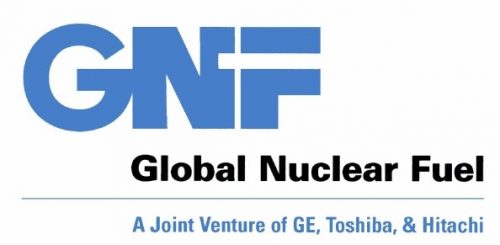The market for nuclear reactors is shrinking in the developed world so nuclear companies are turning to developing nations for business. Companies that sell nuclear technology for power plants are competing for the nuclear market in the Middle East which is one of the most unstable regions on Earth. The Center for Climate & Security which is based in the U.S. released a report last year that said that included the Middle East of “potential crisis regions where combining security, climate, and nuclear risks must be addressed urgently.”
The biggest potential customer for power reactors in the Middle East is Saudi Arabia. S.A. has announced that they intend to construct sixteen nuclear power plants in the next twenty-five years at a cost of eighty billion dollars. They have internal deposits of uranium that they hope can be turned into fuel to allow them to diversify from their current reliance on fossil fuels. S.A. says that they do not believe that renewable energy can satisfy their future need for electricity.
Other countries in the Middle East who have either signed contracts for or are already building nuclear power reactors include Iran, United Arab Emirates, Jordan, Egypt and Turkey. Every one of them claims that the only reason that they want nuclear power plants is because of their estimation of future electricity needs.
The U.S. wants to sell Westinghouse reactors to Middle Eastern companies. Russia, China, Japan and South Korea are also very interested in the Middle East nuclear power market. In addition to supporting nuclear technology companies in their countries, any of the nuclear technology exporting countries would benefit from increased political influence that such sales in the Middle East would bring.
The largest current Middle Eastern nuclear power project is the twenty-four billion dollar Barakah power plant in the United Arab Emirates (U.A.E.) Four nuclear power reactors will be constructed by the Korean Electric Power Corporation (KEPCO). One problem is that there are not enough trained personnel to operate even one of the new reactors. The U.A.E. will be the first country in over twenty years to start up a new nuclear power reactor.
Jordan has no fossil fuel resources, so it has more reason than its oil rich neighbors to turn to nuclear power. It has signed a twelve billion dollar nuclear power reactor deal with Rosatom, the Russian-owned nuclear company.
Egypt has the largest population in the Middle East and increasing demands for electricity have stimulated its interest in nuclear power. Egypt has signed a thirty billion dollar deal with Rosatom for the construction of four nuclear power plants.
Turkey currently has to import most of its fuel in the form of fossil fuels from neighboring nations. It is currently building a nuclear power plant on the Mediterranean coast at Akkuyu in partnership with Rosatom. Turkey has been interested in nuclear power for decades and started the Akkuyu project in 2010. It was originally intended that the first reactor would be operating by now, but Turkey and Russia fell into a dispute over the downing on a Russian jet in 2015, and the project was shelved. Turkey and Russia made up in 2016 and the project resumed.
This intense interest in nuclear power among Middle Eastern countries has raised concerns of some observers and analysts. They are afraid the at least some of these countries might secretly desire nuclear weapons. The Crown Prince of S.A. says that “Saudi Arabia doesn’t want to own a nuclear bomb. But without a doubt, if Iran develops a nuclear bomb, we will follow suit as soon as possible.”
Since Israel already has nuclear weapons, neighboring Arab countries may feel it necessary to have their own nuclear weapons to defend themselves against Israel. Hopefully, the global nuclear non-proliferation movement will help to reduce the desire for nuclear weapons in the Middle East.






